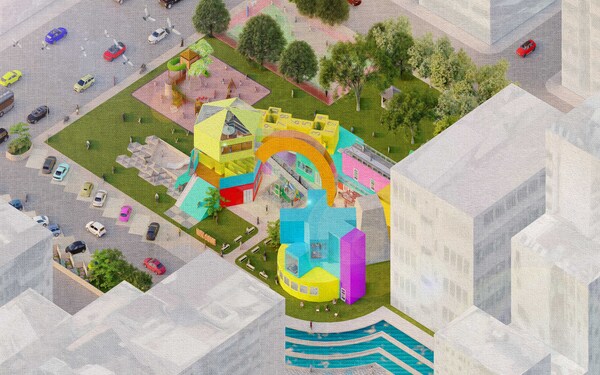Hong Kong is really a strange place. Seen from the outside, it is dazzling; but in corners where the sun doesn’t reach, there are the most heart wrenching living conditions. Cage homes and subdivided units are often the only option for poor families, though the space is an affront of human dignity.
With a set of ethnographic studies, my thesis project set out to investigate children activities and behaviours at cage homes and at the neighbourhood parks. To observe the limitation of life in subdivided unit in child’s eyes, and understand the needs of those who live in overcrowded conditions to visit public space. The project aims to explore a comparison between lives of a middle class child and a child living in poverty. To highlight the spatial disadvantages and elements that are missing. Identifying what is not met in public space in the neighbourhood, what could be better and bringing these together in a single narrative. Discovering the potential for a more socially informed, engaged and sensitive architecture which serves directly to the citizens spatial needs. It would be a space for children to recognise their rights to the city, a place that would bring people together and improve their quality of life.


